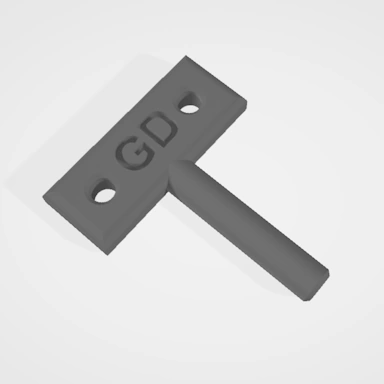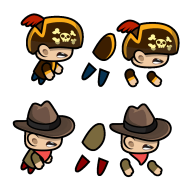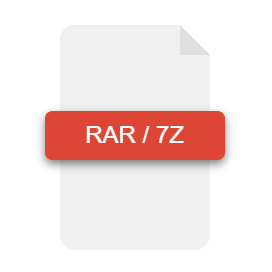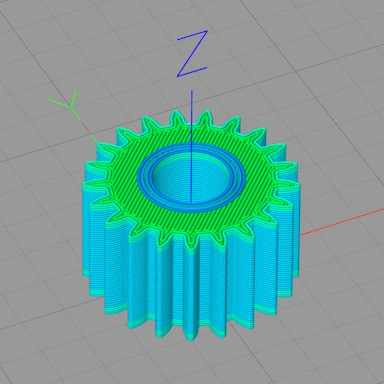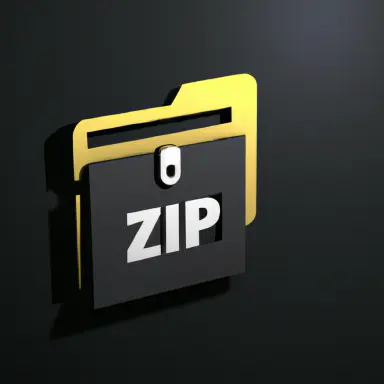| Extension | SVG |
| Full Name | Scalable Vector Graphics |
| Type | Vector |
| Mime Type | image/svg+xml |
| Format | Text |
SVG, or Scalable Vector Graphics, is a graphics file format commonly used by websites and the print industry as a means of representing 2D graphics, most notably icons and logos, in a scalable vector format independent of the user's screen resolution.
Unlike other popular bitmap formats, such as PNG or JPG, whose image quality decreases when the image is rendered at a larger size than its native dimensions, SVGs store the image data as a series of points, lines, and curves. This allows the image to scale to any resolution without loss of detail or pixelation.
SVG files are XML formatted, allowing them to be human-readable and extensible, as well as compact, making them ideal for usage on a website. As SVGs are a standard format used by websites, there is widespread support for opening and editing SVG files within most popular graphics editing software.
The OBJ file format is a 3D graphics file format used to define complex 3D models, including geometry, materials, and textures. OBJ files are text files, making them human-readable and easy to modify by hand. The downside to this ease of readability is that the files can become rather large when dealing with large or complex 3D models.
As mentioned, the OBJ format stores not only 3D model geometry but also materials and textures. These materials are usually defined in a separate file with the MTL file extension and specify geometry rendering details such as diffuse and specular color, transparency, and much more.
The OBJ material file can also reference external texture files. These are usually JPEG or PNG files; however, these can be older formats, such as TGA. Where materials are used, the OBJ file will also contain material names preceding the geometry faces they should be applied to. If textures are referenced, the geometry will also contain texture coordinates (UV) for each vertex.




